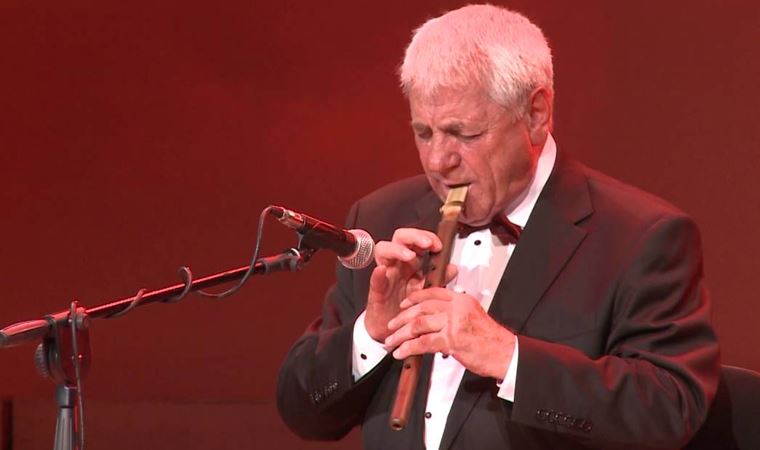He bought his first instrument by selling the bottles he collected: Who is Djivan Gasparyan?
He was one of the most important figures of Armenian folklore. Producer-musician Brian Eno discovered him in 1989 while studying the music of Soviet people in the studios of the Melodia record company in Moscow. Afterwards, he became one of the indispensable musicians.

He was born on October 12, 1928, in the Solag village of the Ahta region of Armenia. He started working at a young age to contribute to the family's income, but his mind was always on duduk.
“Silent films were shown with local music. I heard Duduk for the first time in the cinema. On the other hand, I had to help my family make ends meet. I bought my first dud by selling the bottles I collected. I was six years old and I learned to play by myself. After the children's group, I entered the Gomidas Conservatory. "After my master's degree and pedagogy education, I became a lecturer at the conservatory."
Djivan Gasparyan took part as a soloist in the Tatul Altunyan Folk Music and Dance Ensemble from 1946 to 1982.
While producer-musician Brian Eno was examining the music of Soviet people in the studios of the Melodia record company in Moscow in 1989; He encountered the music of Djivan Gasparyan.
Djivan Gasparyan (12 October 1928 – 6 July 2021) was an Armenian musician and composer. He played the duduk, a double reed woodwind instrument related to the orchestral oboe. Gasparyan is known as the "Master of the duduk". In 2006 he was nominated for Grammy awards for the Best Traditional World Music Album.
Eno, very impressed, called Gasparyan to London. Gasparyan's first album released abroad, "I will not be Sad in this World", was recorded during this period. After this album, Gasparyan worked with the world's most famous symphonic orchestras and well-known musicians such as Peter Gabriel, Lionel Ritchie, and Michael Brook. Many of his albums have been released in Europe and America. He appeared with his music in many films such as "Ronin" and "Gladiator".
